Feeling the fertile sea in western Kyushu
At PAPERSKY, we decided on two distinct approaches to our exploration of the grand Kyushu. First, with the national parks as our focus, we would divide Japan’s third largest island into four areas, each with its own distinct character. Second, we would strive to express this character in an original sandwich, created using unique, flavorful organic ingredients that captured in aroma, taste, and texture each area’s climate and culture. In other words, we wanted to package our discoveries in a delicious single-course meal that would become each region’s culinary essence. Is this even possible? Well you might ask, for we, too, were skeptical. But, we reasoned, wouldn’t it be great fun to try! So we loaded up the van with skillet and wine, bench and table, swimsuits and us to begin our two-week road trip.
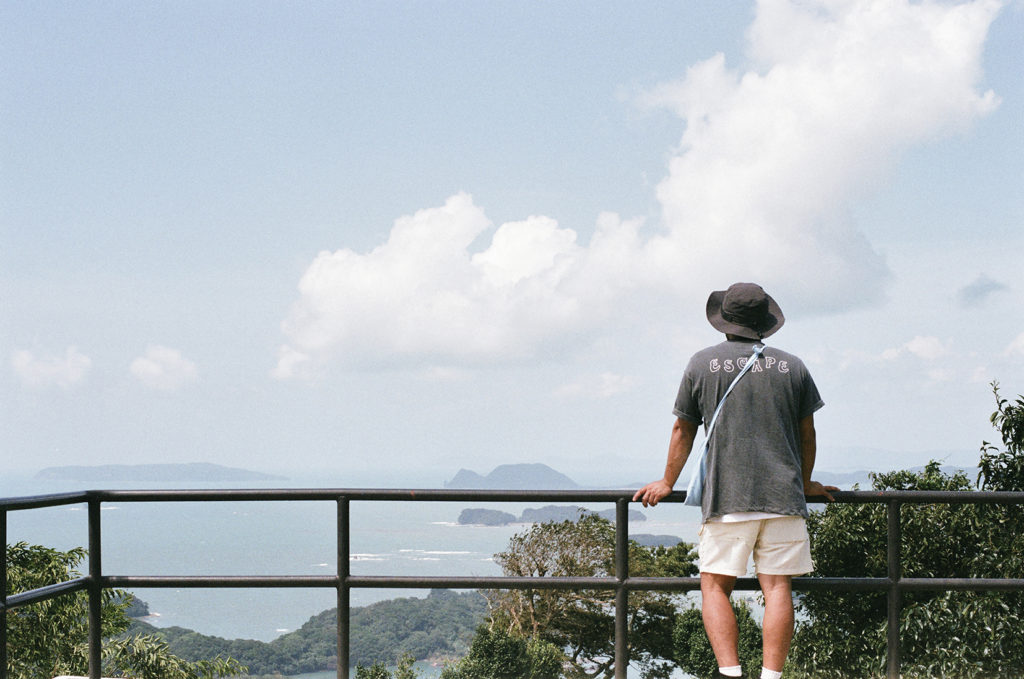
The first stop on our journey was Saikai National Park, situated in northwestern Kyushu and made up of some 400 islands, big and small. We mapped out a route from Fukuoka via Saga to Hirado, Nagasaki. Along the way, we stopped at Itoshima, Fukuoka, where premium tea producer Izumiya Roqji is growing a cinnamon forest on a plot of abandoned farmland. Founder Tsuyoshi Shiraishi practices the concept of “leaf to tea” that includes the entire process from cultivation to product development. In Kyushu, he is also known for his open-minded effort to employ the disabled in separating cinnamon leaves from stems, a repetitive, often monotonous task that his inclusive workforce knows is critical to the production of healthy, organic products. With a fuller appreciation of how a few can do so much for so many and with our hands full of chemical-free cinnamon leaves, we returned to our road trip imagining how the rich natural aroma wafting up from our hands would enhance our sandwich.
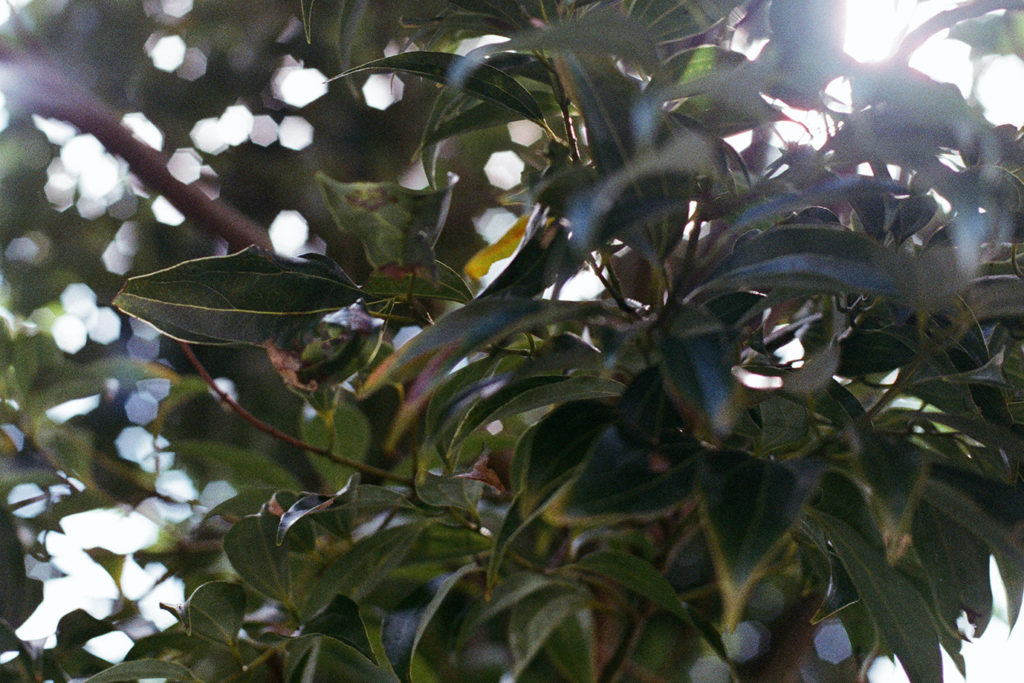
Before we had even entered the Saikai National Park area, we made another stopover in Itoshima and met Yoshinori Jo, who runs the long-established soy sauce brewery Mitsuru Shoyu.
“About forty years ago, we stopped brewing the soy sauce ourselves and switched to flavoring and pasteurizing soy sauce purchased from a partner brewery. I was in high school when I learned that my family didn’t make our soy sauce from scratch. That piqued my interest in in-house production, and eventually, I decided it was up to me to do it. Ten years ago, I set up the equipment, studied the techniques all over again, and revived in-house production at Mitsuru Shoyu. Nothing beats your own soy sauce made from microorganisms and yeasts. All of this was a challenge, as was cultivating a market, but it was a challenge worth taking on.”
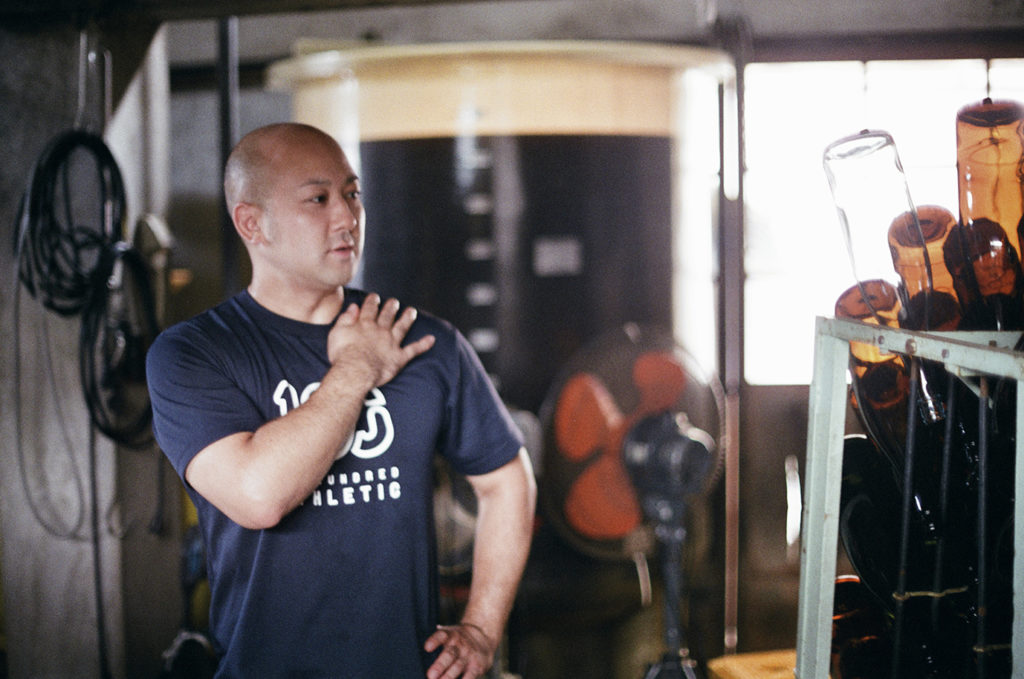
The outcome of the challenge, Mr. Jo’s soy sauce, soon won a solid reputation with gourmet chefs and home cooks. The all-important process of making the koji mold involved a great deal of hardship and ingenuity, he said as he gave us samples to taste. His soy sauce is soft and smooth and has an infinite depth of flavor. Emboldened by Mr. Jo’s challenge and armed with several bottles of soy sauce, we hit the road, making our way to Hirado, Nagasaki.
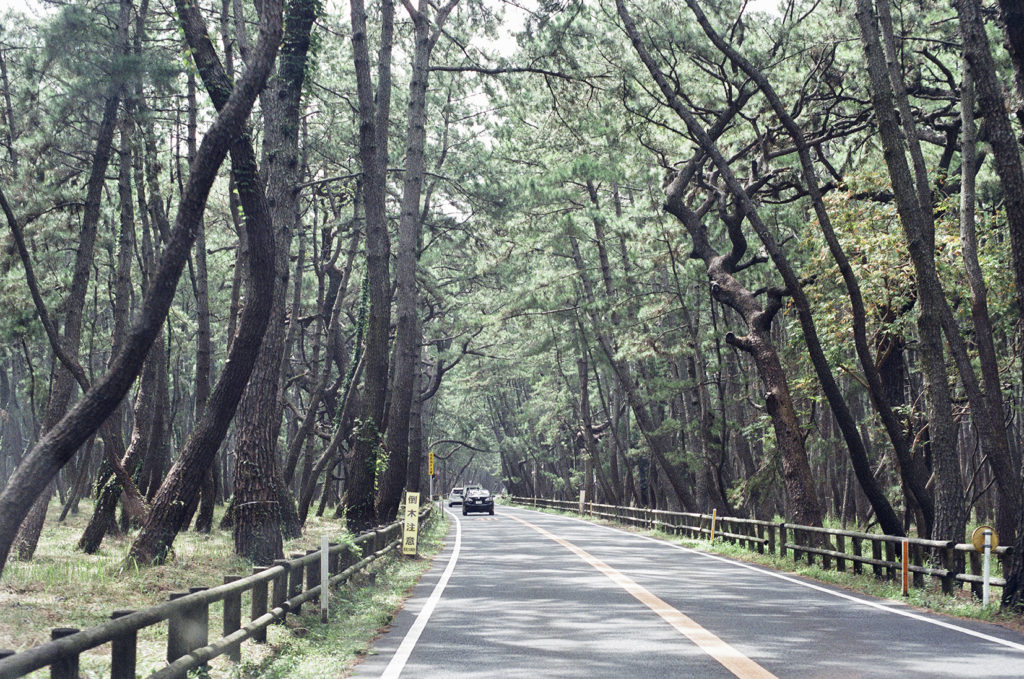
With cinnamon and soy, our mission now was to find our sandwich’s main ingredient. Because Saikai National Park is surrounded by the fertile sea, we headed for Hirado’s Shiraishi Fishing Port with the hope of procuring seafood from the fabled fishermen at Ayaka Suisan. The crew invited us to go fixed-net fishing for mahi-mahi. For a century or so, the fishermen at this port have made a living from catches of this large fish. On a good day, that means as many as 2,000 styrofoam fish boxes (60 quarts) on a single boat. We had found the area’s iconic food, the main ingredient we were looking for! The boat captain, Yoshihiro Ayaka, said he grew up eating mahi-mahi. On the boat, he wore a scowl on his face and roared orders at the crew. But once back on shore, he gave us a large mahi-mahi with a smile:
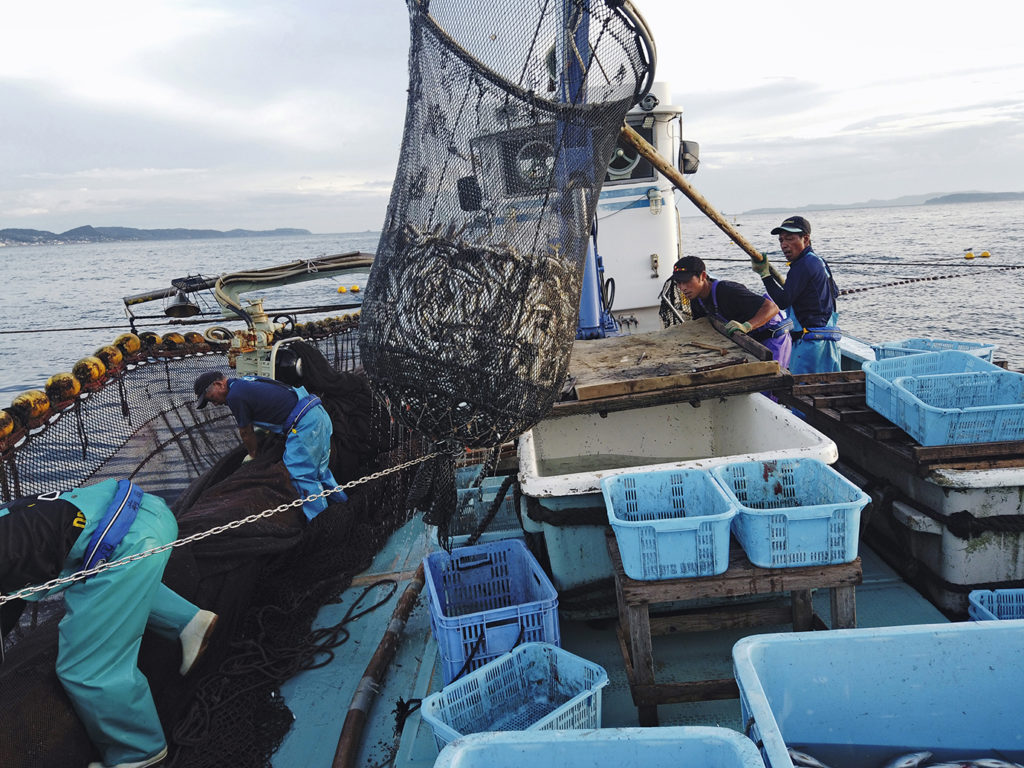
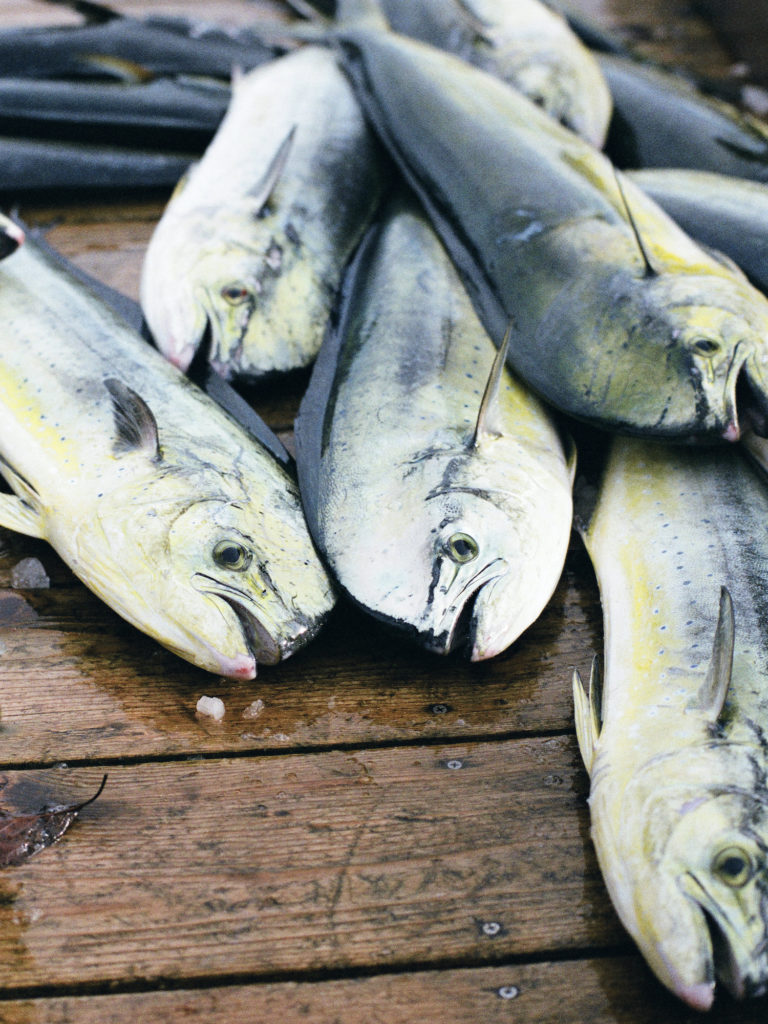
“Our livelihood depends on this three-month period. We make nearly a year’s worth of income during this time. Mahi-mahi is good deep-fried or grilled. Cook it any way you want, and you’ll never grow tired of the mild white meat. Fish is a specialty of Nagasaki. You’re going to make a deluxe sandwich.”
Yoshihiro leads an amazing crew as the fourth generation of a century-old fishing family. His unwavering commitment to the job, his sheer manliness—everything about him was fascinating to watch.
“Fishing communities are aging across Japan, but I have no shortage of young workers. Everyone is attracted to catches as large as ours. The boat will be a busy war zone and make multiple trips a day for the rest of the autumn. The job is demanding, but it’s certainly fun to catch big fish.”
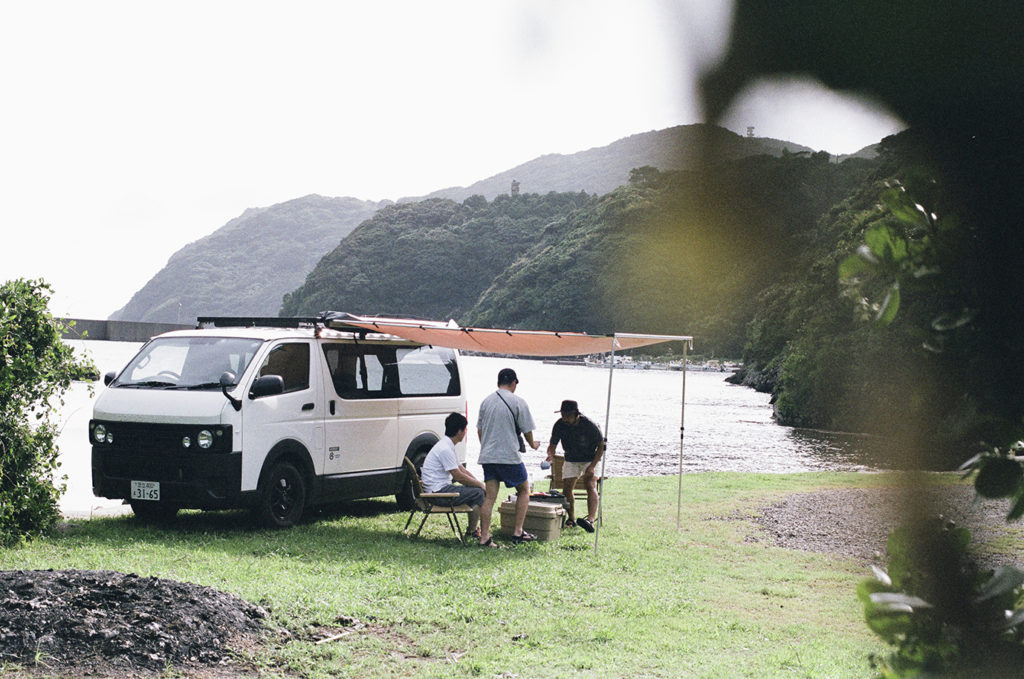
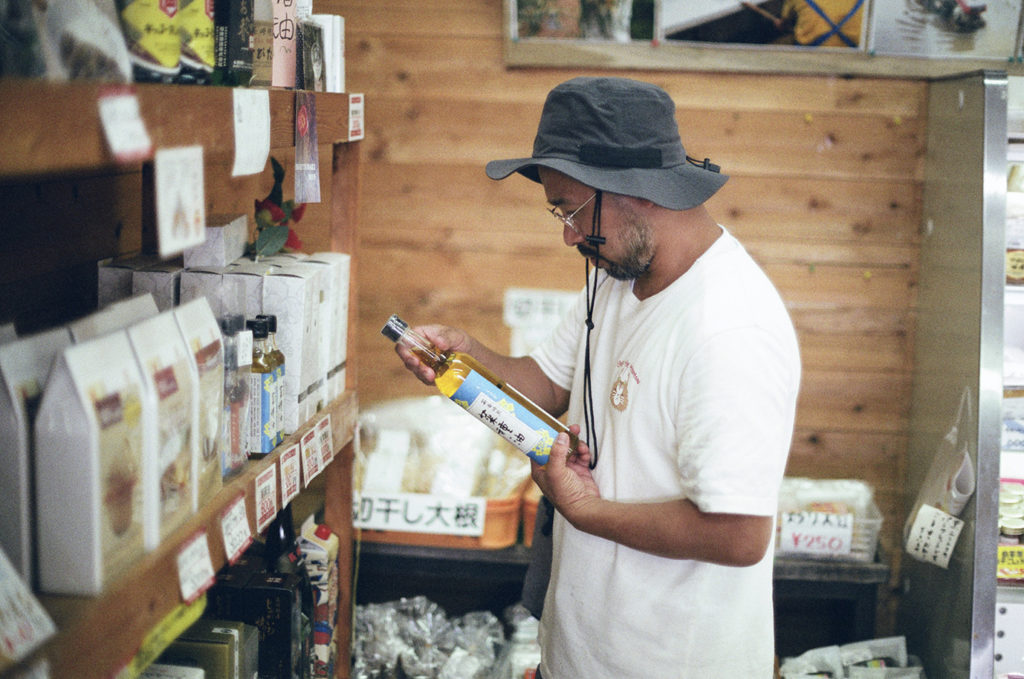
SPOT LIST
Izumiya Roqji
458-1 Daimon, Itoshima-shi, Fukuoka
Mitsuru Shoyu
925-2 Nijo Fukae, Itoshima-shi, Fukuoka
Ayaka Suisan
725 Shushi-cho, Hirado-Shi, Nagasaki
Hirado Shinsenichiba Market
228-1 Iwanoue-cho, Hirado-shi, Nagasaki
Inn Tanoura Onsen
201-125 Okubo-cho, Hirado-shi, Nagasaki












